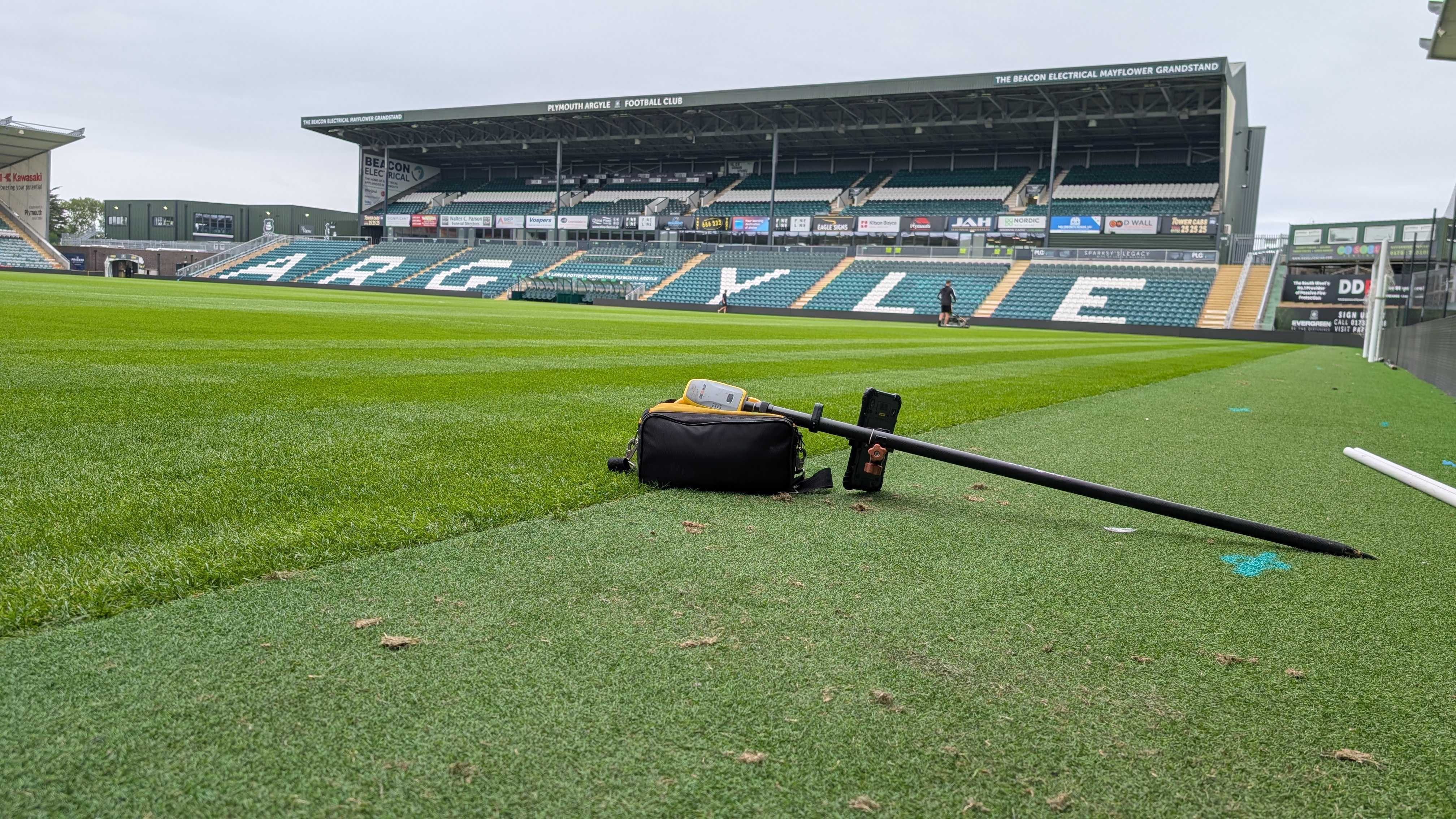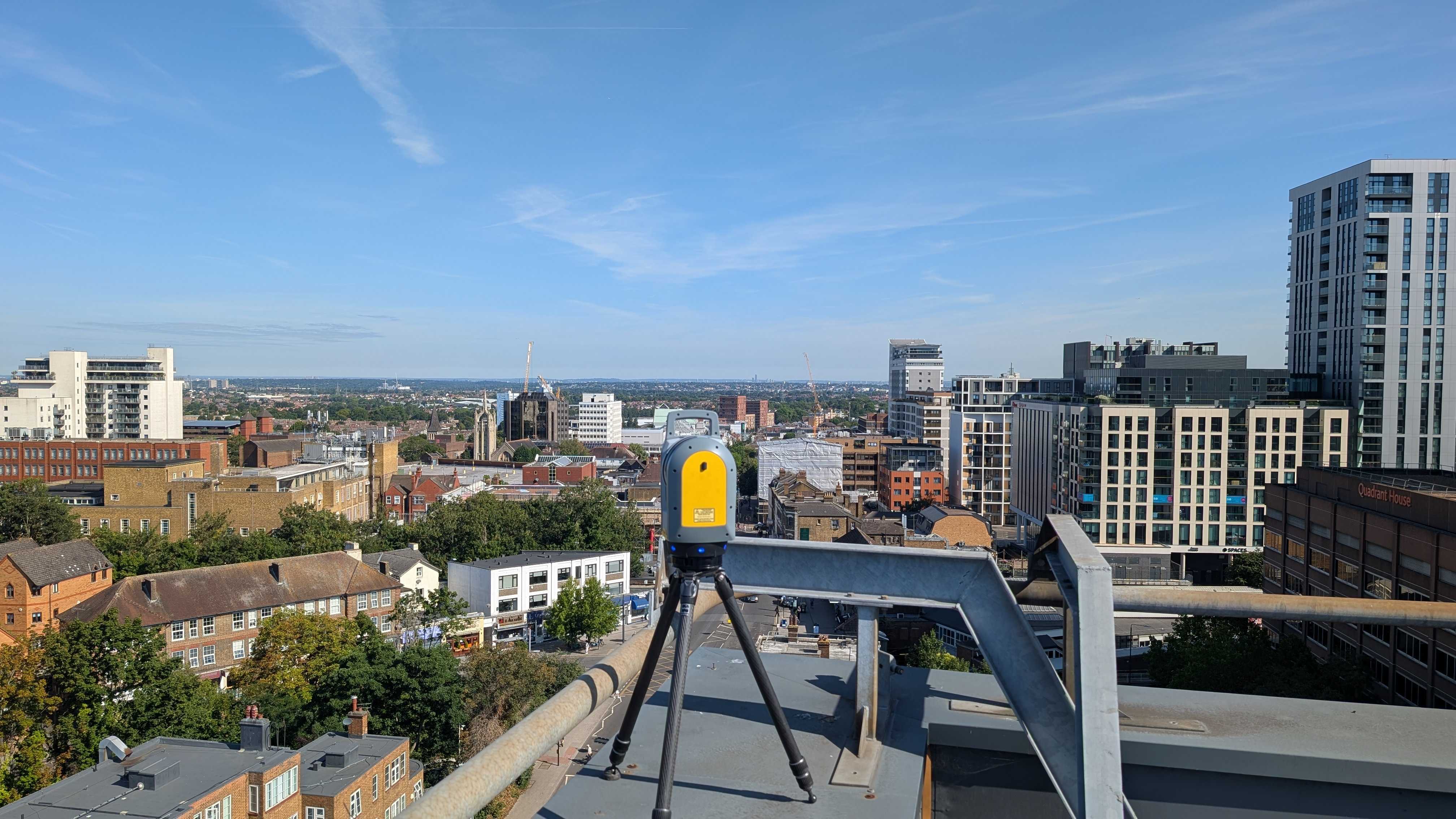Selecting the right structural monitoring system is crucial for the success and safety of any construction or development project.
With the variety of systems available and the complexity of their applications, making an informed choice can be daunting.
This guide aims to simplify this process by offering clear, step-by-step guidance on how to choose the most appropriate monitoring system for your specific needs. Whether you’re managing a building project, monitoring rail tracks, or overseeing underground assets, this guide will help you understand the key factors to consider, ensuring your project remains on track and within budget.
Understanding Structural Monitoring Systems
Structural monitoring systems are essential tools used to observe and measure the stability and integrity of structures over time. Understanding the basics of these systems is the first step in selecting the right one for your needs.
Types of Structural Monitoring Systems
There are several types of structural monitoring systems, each suited to different applications and project requirements. The main categories include:
Manual Monitoring Systems: These involve periodic, on-site measurements taken by engineers or technicians. While they can be cost-effective for smaller projects, they may not provide the continuous data needed for large-scale or high-risk structures.
Automated Monitoring Systems: These systems use sensors and data loggers to provide continuous, real-time monitoring. They are ideal for complex projects where ongoing data collection is critical for safety and performance.
Web-Based Monitoring Systems: These integrate automated sensors with web-based platforms, allowing data to be accessed and analysed remotely. This type of system is highly efficient for projects that require constant oversight without the need for on-site presence.
Key Components Of Monitoring Systems
Regardless of the type, all structural monitoring systems share some common components:
Sensors: Devices that measure specific parameters such as strain, displacement, or temperature. Types of sensors include strain gauges, accelerometers, and inclinometers.
Data Loggers: Equipment that collects and stores data from sensors for later analysis.
Communication Devices: Tools that transmit data from sensors and loggers to a central database or monitoring station.
Software: Platforms that analyse and visualise the collected data, providing insights into the structure’s performance and health.
Understanding these types and applications of structural monitoring systems will provide a solid foundation as you move forward in selecting the right system for your specific project needs.
So, what makes choosing the right system difficult?
Common Pain Points In Choosing a Monitoring System
Selecting the right structural monitoring system for your project involves navigating a variety of options, understanding technical specifications, and ensuring that the chosen system meets the specific needs of your project.
What can make this challenging?
We’ve listed 5 of the most common pain points when choosing a monitoring system.
- Complexity of Technical Specifications
- Variety of System Types
- Budget Constraints
- Specific Monitoring Requirements
- Integration with Existing Systems
Here at Intersect Surveys, we understand these constraints, and that’s why we have complied a guide on how to choose the right system for you!
Step-By-Step Guide To Selecting A Monitoring System
- Define Your Project Needs
Start by clearly defining the specific requirements of your project. Consider what you need to monitor—lateral movements, longitudinal movements, height variations, or a combination.
- Set A Budget
Establish a realistic budget for your monitoring system. Consider both the initial investment and long-term operational costs, including maintenance and data analysis services.
- Research Different Types of Monitoring Systems
Understand the various types of structural monitoring systems available.
- Consider Integration Capabilities
If your project involves existing infrastructure, evaluate how well the new system can
- Check Regulatory Compliance
Ensure that the monitoring system complies with local regulations and industry standards. This is particularly important for projects that must adhere to stringent safety and quality guidelines.
- Review Long-Term Support and Maintenance
Consider the long-term reliability and maintenance requirements of the system.
- Seek Expert Consultation
If you are unsure about any aspect of selecting a monitoring system, seek advice from experts such as us at Intersect Surveys.
- Make an Informed Decision
After gathering all necessary information, compare the options based on your defined criteria. Consider the system that best meets your project needs, fits within your budget, and offers reliable long-term performance.
Conclusion
By understanding the importance of these systems, recognising common pain points, and following a clear, step-by-step guide, you can make an informed choice that meets your specific needs.
At Intersect Surveys, our multi-disciplined team of experts is dedicated to providing monitoring solutions that ensure accuracy, reliability, and real-time data access.
Whether your project involves buildings, rail tracks, or underground assets, our comprehensive services and advanced technologies are designed to help you navigate complexities, mitigate risks, and achieve your project goals efficiently.
Contact us today to discuss your structural monitoring needs!
FAQs
- What factors should I consider when choosing a structural monitoring system?
When selecting a structural monitoring system, it's essential to consider several key factors:
Project Type
Budget
Monitoring Requirements
- How does real-time data access benefit my project?
Real-time data access allows you to monitor structural changes as they happen, providing immediate insights into potential issues. This capability enables quick decision-making and timely interventions, reducing the risk of structural failures and improving overall project safety.
- Why is it important to have both manual and automated monitoring solutions?
Having both manual and automated monitoring solutions offers flexibility and comprehensive coverage for your project. Manual monitoring is beneficial for periodic checks and can provide a high level of detail in specific areas. Automated solutions, on the other hand, offer continuous, real-time monitoring and can detect changes as they occur, ensuring no critical movements are missed.








